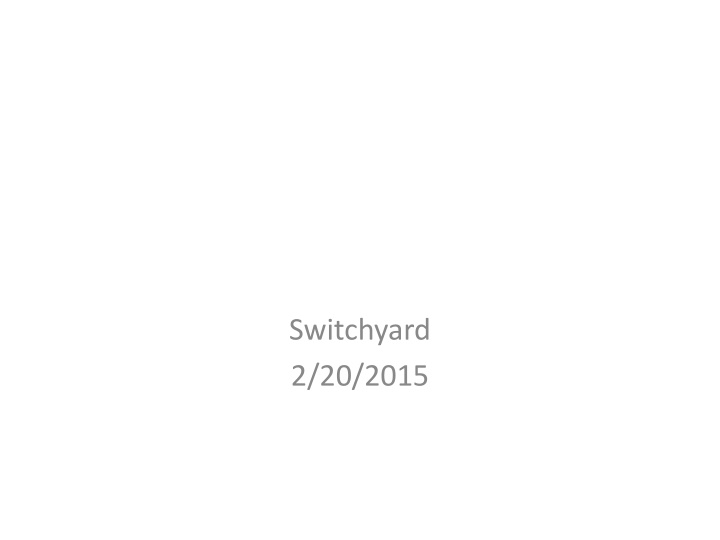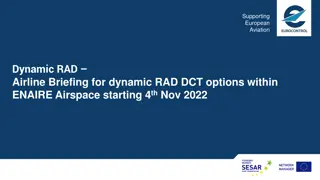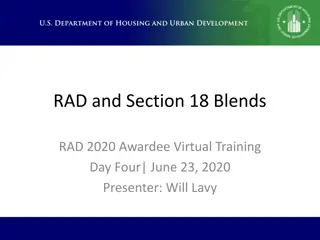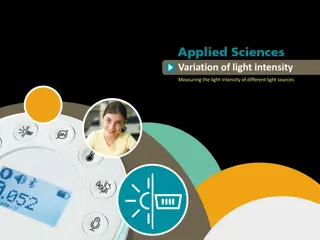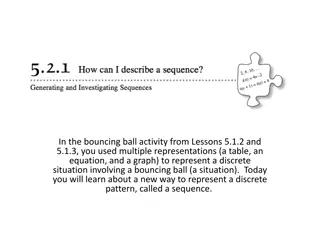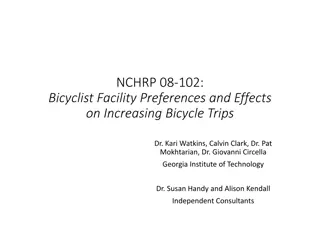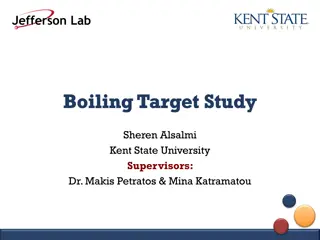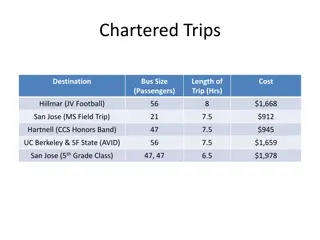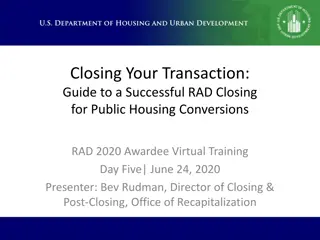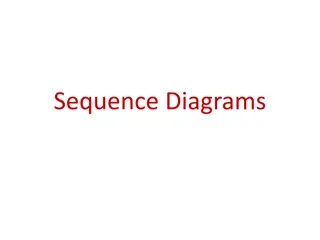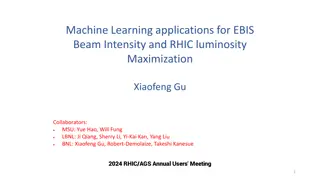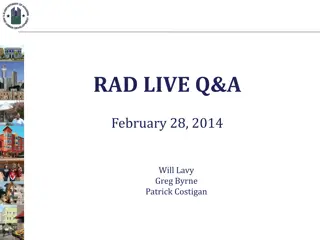Rad Trips & Target Sequence in High-Intensity Study
In the ongoing experiment, rad trips are observed during beam cycles, prompting a study on the effects of higher intensity in the switchyard. The target sequence includes materials like tungsten and deuterium. The goal is to investigate backscatter from the target and the implications for rad detectors in rate mode versus integrated mode. A methodical beam study is proposed to measure intensity dependencies and linearity of detector response.
Download Presentation

Please find below an Image/Link to download the presentation.
The content on the website is provided AS IS for your information and personal use only. It may not be sold, licensed, or shared on other websites without obtaining consent from the author.If you encounter any issues during the download, it is possible that the publisher has removed the file from their server.
You are allowed to download the files provided on this website for personal or commercial use, subject to the condition that they are used lawfully. All files are the property of their respective owners.
The content on the website is provided AS IS for your information and personal use only. It may not be sold, licensed, or shared on other websites without obtaining consent from the author.
E N D
Presentation Transcript
Switchyard 2/20/2015
Rad trips - RD3162 Presently limits intensity to ~0.5 E13 Location is outside between high bay and berm Michael Wren noticed trip every 23 beam cycles Michael Backfish called experiment this is the target cycle time I asked which target Deuterium has the larger interaction length Turned out to be tungsten E
Target sequence W C Fe C 3D2 10H2 E E 2D2 E E
Going to higher intensity This rad detector is in rate mode In rate mode it trips below the 50 mr/hr limit for this location Line of sight to target, less concrete shielding on this side Theory is that this detector is seeing back scatter from the heavier target (likely neutrons) No tuning will not mitigate this case The hope is that this backscatter is not propagating through the concrete shielding to occupied areas which use integrated mode detectors Rad trip on an integrated mode detector will take the beam down for a much longer period of time A methodical beam study has been proposed using the rad detectors protecting occupied areas These rad detectors are in integrate mode Each target will be run for 5 consecutive spills to measure an accurate integrated level 3-4 different intensities to determine intensity dependence, linearity of detector response and determine if higher intensity is achievable
Going to higher intensity This rad detector is in rate mode In rate mode it trips below the 50 mr/hr limit for this location Line of sight to target, less concrete shielding on this side Theory is that this detector is seeing back scatter from the heavier target (likely neutrons) No tuning will not mitigate this case The hope is that this backscatter is not propagating through the concrete shielding to occupied areas which use integrated mode detectors Rad trip on an integrated mode detector will take the beam down for a much longer period of time A methodical beam study has been proposed using the rad detectors protecting occupied areas These rad detectors are in integrate mode Each target will be run for 5 consecutive spills to measure an accurate integrated level 3-4 different intensities to determine intensity dependence, linearity of detector response and determine if higher intensity is achievable
Mini Seaquest shutdown tasks March Shutdown Experiment will replace Station 1 Cooling tower 2 replacement MCC repairs (breaker is in) Install additional vacuum valve in NM2 Test Palmer collimators in NM2 Clean up halo check for loss improvement If leaks replace with spool Ethernet to NS2 Ethernet currently passes through NS2 to Seaquest Make a U-turn and come back to NS2 Inner ducts failed test Looking into frozen manholes 1-day downtime
Summer Shutdown tasks Upgrade of LCW control box to PLC M01 bayonet swics re- cable and refurbish 3 in M01 and 1 in F3 Cable pull Pull and refurbish SWICs
LCW controls How many physicists does it take to figure out NS2 LCW controls More than 3 Additional temp interlock on towers 1 and 2 which disabled thermostats But not on tower 3
